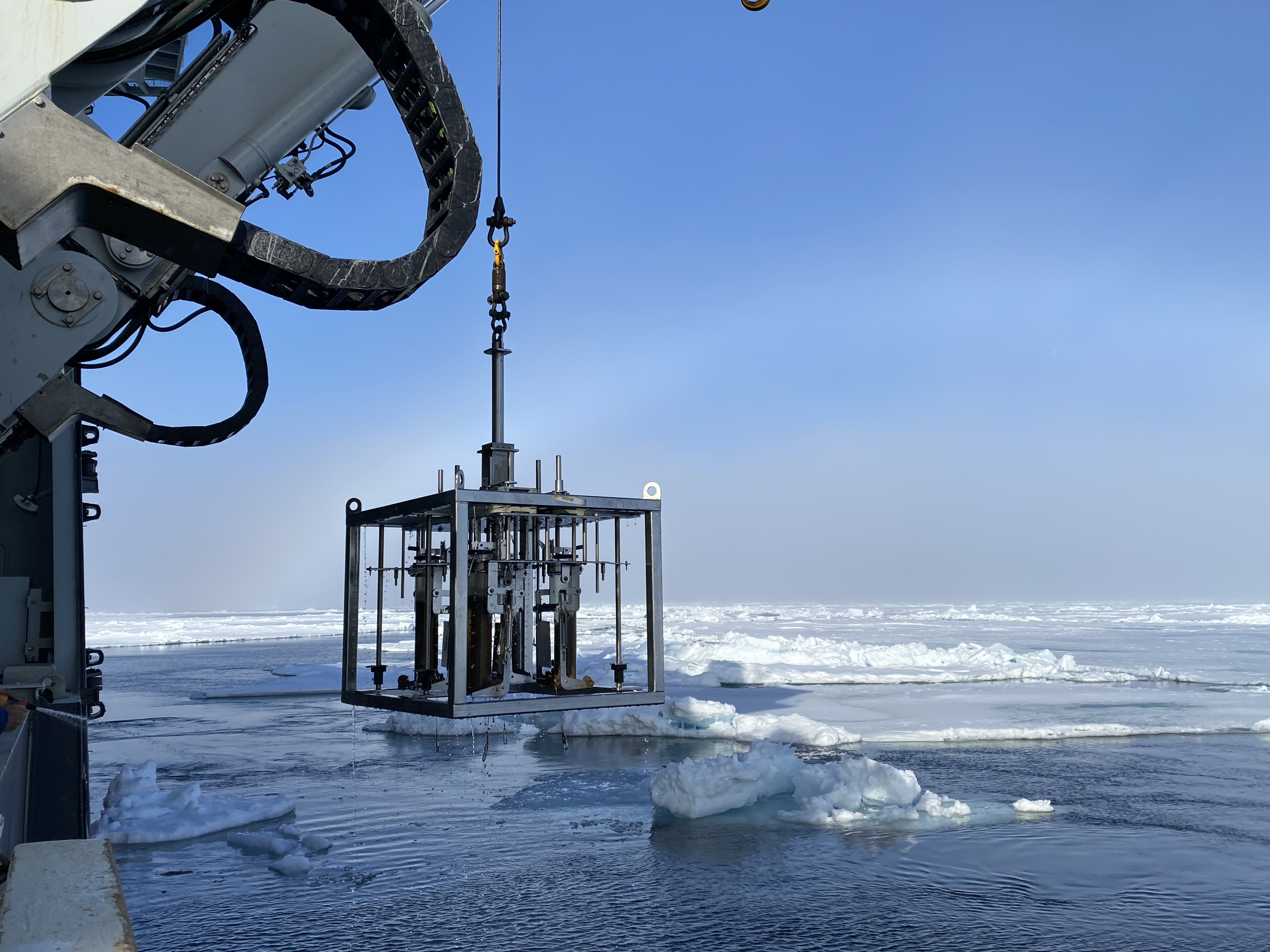To realize the project, we will analyse water and sediment samples collected near Svalbard, at east Greenlandshelf and Jan Mayen shelf. The sedaDNA will be extracted from 6 cores from the same area, four of whichhave already been collected. A total eukaryotic eDNA will be analysed using 5 molecular markers, spanning alarge range of taxa, from phyto- and zooplankton to zoobenthos and benthic foraminifera. More than 80 millionof DNA sequences will be obtained for each marker using Illumina high-throughput sequencing technology.
Their analyses will provide information about the transfer of DNA from the surface to the sediments and its downcore preservation. In parallel, geochemical and palaeoceanographic data will be collected in order to date and characterize the core layers, from which sedaDNA samples have been obtained. The planned analyses will include radiocarbon 14C, 210Pb and 137Cs dating, stable isotopes and Mg/Ca in benthic foraminifers, sediment grain-size distribution, TC and TOC, alkenones, IP25, and dinoflagellate cyst assemblages. These proxies will provide a complete set of information about paleoclimatic and paleoenvironmental changes that will be compared to the changes of eukaryotic diversity inferred from sedaDNA sequence data.
Our project will provide a unique insight into the impact of climate change on Nordic Seas biodiversity focusing on its most inconspicuous but ecologically essential microbial and meiofaunal components. We will use sedaDNA as a new promising palaeoceanographic proxy complementary to the traditionally used microfossils. The innovative character of the project consists in integrating multitaxon analysis of sedaDNA with the existing palaeoceanographic proxies in order to reconstruct changes in eukaryotic biodiversity during the postglacial period. By analyzing millions of DNA sequences archived in the sediments we expect shedding new light on the relationship between global warming, biodiversity changes and carbon burial.
Sedimentary ancient DNA - a new proxy to investigate the impact of environmental change on past and present biodiversity in Nordic Seas (NEEDED)

Publikasjoner på Cristin
The development of ocean currents and the response of the cryosphere on the Southwest Svalbard shelf over the Holocene – Devendra, Dhanushka; Łącka, Magdalena; Szymańska, Natalia; Szymczak-Żyła, Małgorzata; Krajewska, Magdalena; Weiner, Agnes; De Schepper, Stijn; Simon, Margit Hildegard; Zajączkowski, Marek. 2023, Global and Planetary Change. PAN, NORCE.
Sedimentary ancient DNA: a new paleogenomic tool for reconstructing the history of marine ecosystems – Nguyen, Ngoc-Loi; Devendra, Dhanushka; Szymanska, Natalia; Greco, Mattia; Barrenechea Angeles, Inés Andrea; Weiner, Agnes; Ray, Jessica Louise; Cordier, Tristan; De Schepper, Stijn; Pawłowski, Jan; Pawłowska, Joanna. 2023, Frontiers in Marine Science. PAN, UIT, NORCE.
Using ancient DNA sequencing to assess the impact of past environmental changes on marine protist biodiversity – Weiner, Agnes; Cordier, Tristan; Ray, Jessica Louise; Simon, Margit Hildegard; Larsen, Aud; Łącka, Magdalena; Pawlowska, Joanna; Devendra, Danushka; Szymczak-Żyła, Małgorzata; Krajewska, Magdalena; Greco, Mattia; Nguyen, Loi; Zajączkowski, Marek; Pawlowski, Jan; De Schepper, Stijn. 2022, . NORCE.
Se alle